Despite being chopped into thin slices, green onions provide a massive difference to dishes, making them one of the most known spices worldwide. From stir-fries to salads, green onions offer versatile, tongue-friendly flavors often defined as sharp, somewhat spicy, and peppery.
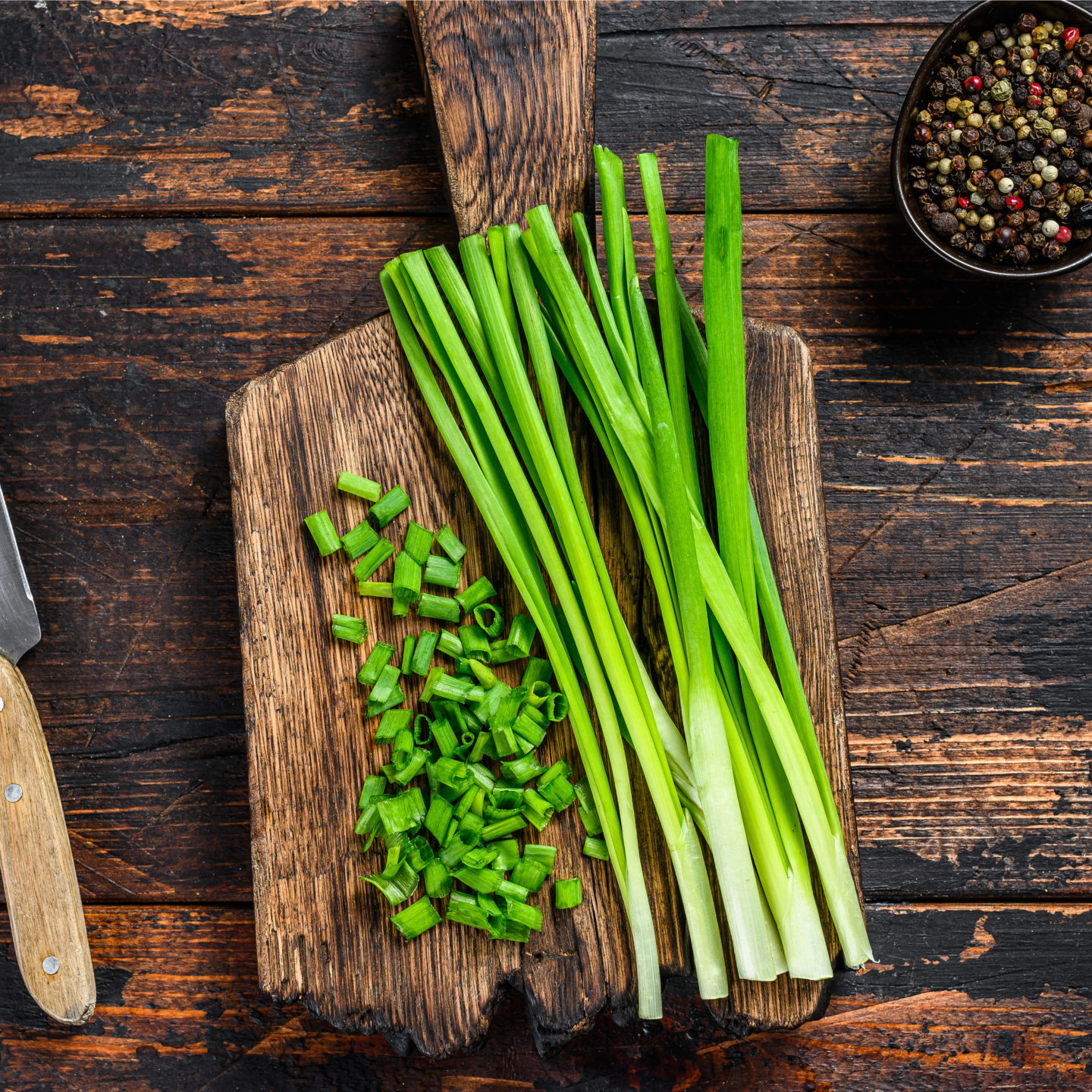
Green onion or scallion, like other onions, belong to the genus Allium and are closely related to garlic, shallot, leek, chives, and Chinese onions but with a milder taste. Whenever you run out of green onion on your shelves, there are a bunch of substitutes that you can go for. In this article, we have listed our 17 best alternatives.
Of course, green onion powder and dried green onion are on top of the list. They give the same taste and flavor. However, suppose you’re after the fresher alternatives. In that case, you can also try white onions, shallots, spring onions, yellow and red onions, parsley, sweet onions, chives, green garlic, garlic, leeks, ramps, green bell pepper, oregano, basil, and celery.
Table of Contents
Green Onion Substitutes
1) Green Onion Powder
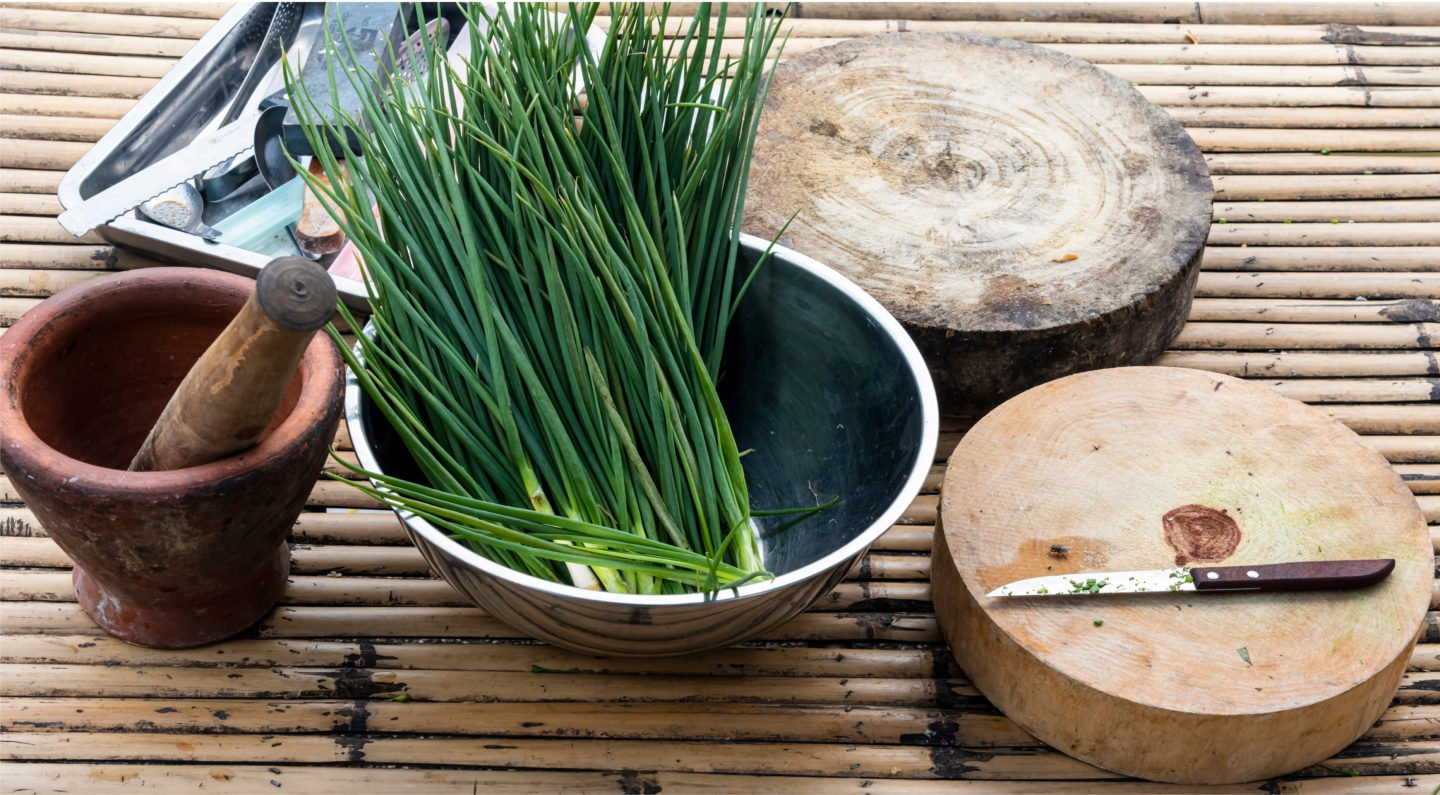
The best replacement for green onions are undoubtedly green onion-based goods. One example is green onion powder. Although it does not have a fresh and herbaceous flavor, it does have a faint oniony flavor. You can buy this ready-made or make your own for when you run out of raw green onion.
You can use this powder in stews, soups, sauces, and any other recipe that calls for green onions. Or you can also sprinkle it on pizza, fried food, or pasta for a unique aesthetic.
Green onion crackers, made by combining green onion powder and flour, are also a good option. These crackers are great for youngsters and adults because of their crisp texture.
Green onions lose some nutritional value when dried and crushed. On the other hand, its powder is still high in vitamin K and vitamin C. Vitamin K helps with blood coagulation and bone strength, while vitamin C might help you feel more energized and boost your immune system.
2) Dried Green Onions
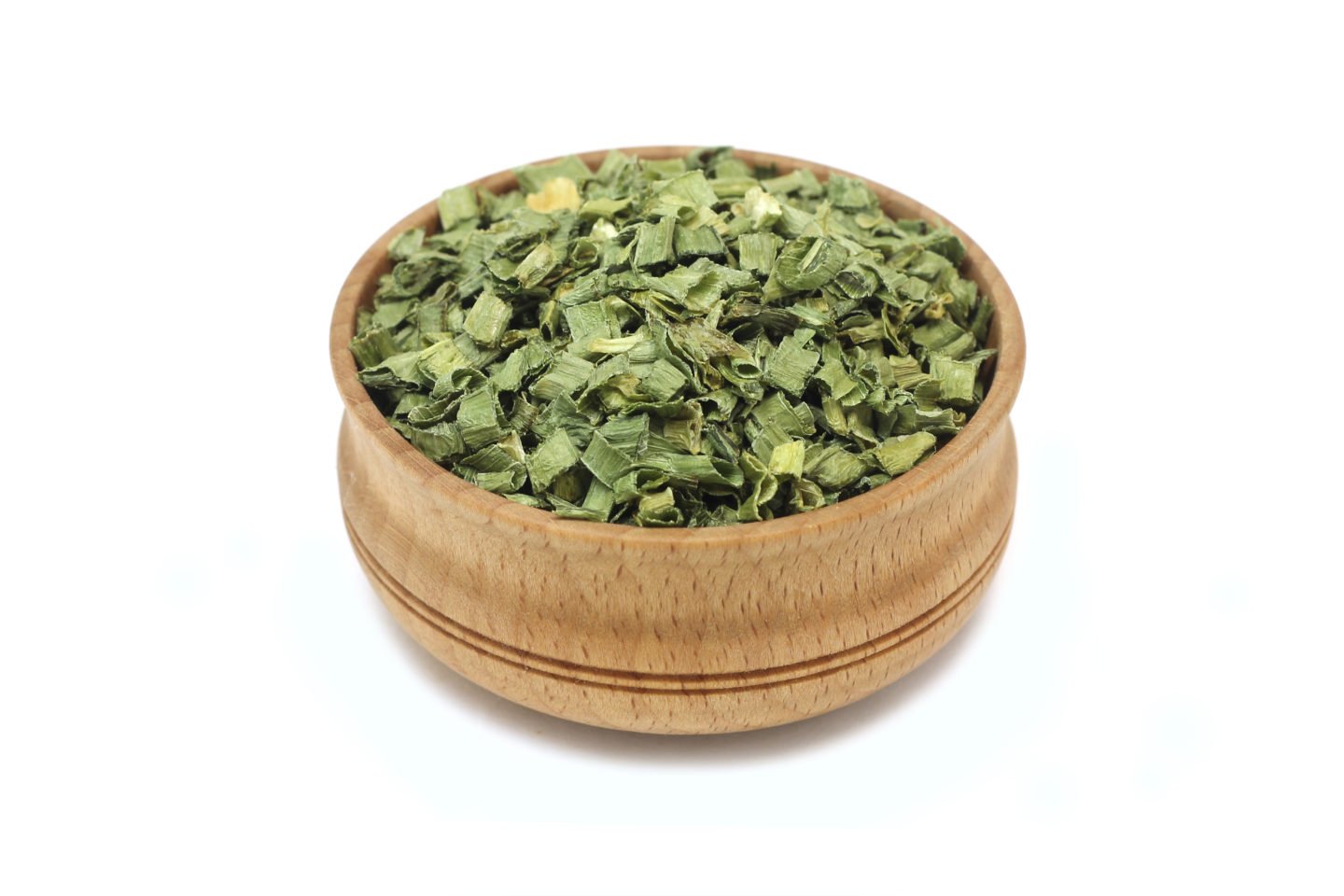
Dried onion can be bought at your local grocery stores or made at home. These are thinly sliced green onions that are dehydrated using microwaves or sun-dried. You can expect the same taste and flavors that green onion powder offers; only, this is an excellent substitute for topping on salads, dishes, and even pizza. We recommend dried green onion flakes for people who enjoy the herbaceous taste without the overpowering aroma.
When used for stir-fries, the dried slices can be rehydrated in contact with any liquid and mimic the texture of raw green onion. If you wish to dry green onions at home, you only need a dehydrating dish. Slice your fresh onion like you usually do, and spread the chopped onion on the dehydrating sheet. Air drying them is an option, but the best results can be achieved when it’s sun-dried.
3) White Onions
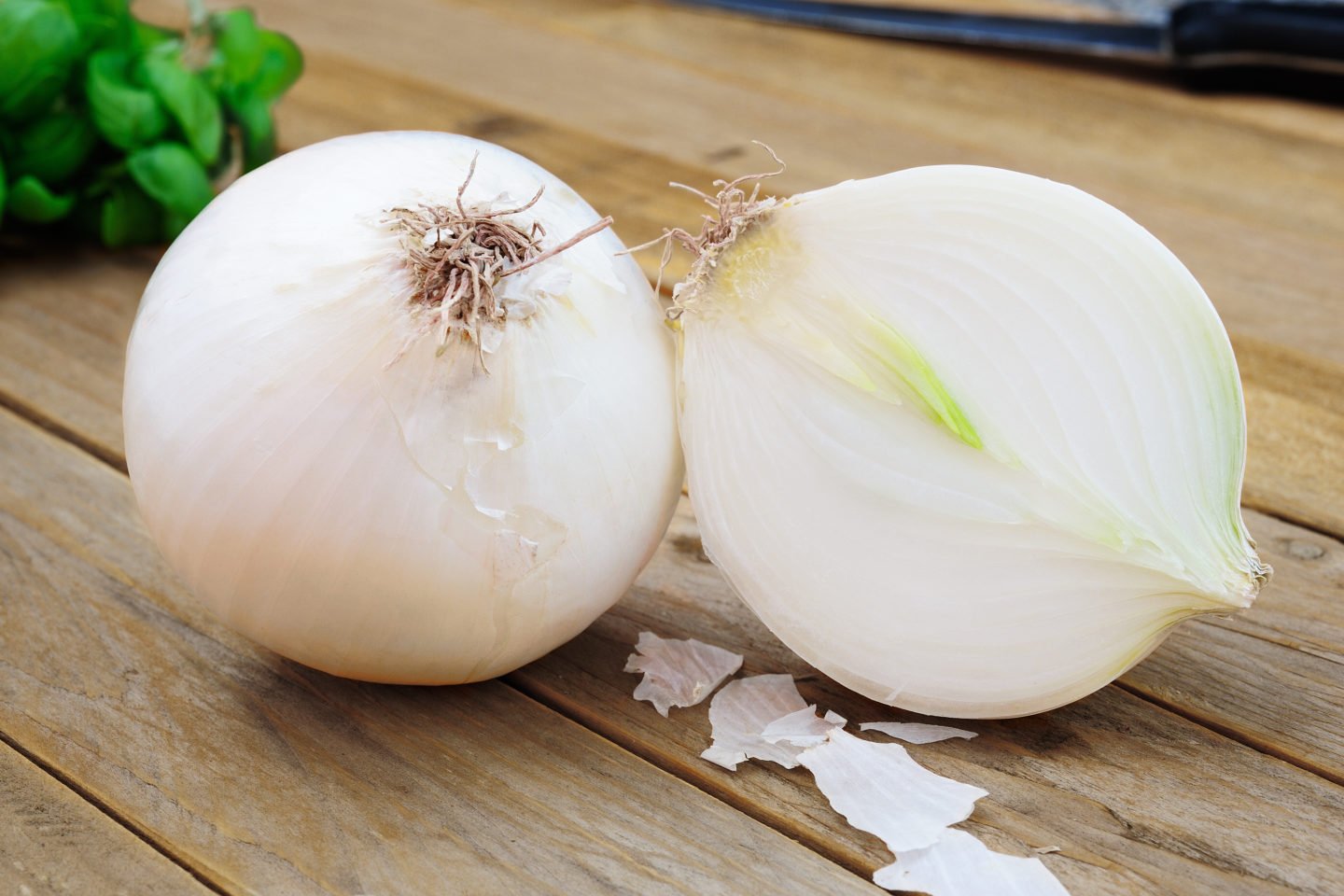
You might wonder why we don’t just categorize all onions as one. There are different types of onions, and they have different tastes and textures, hence the different sections for each. White onion is milder than the others, closely similar to green onions. Their distinct light flavor profile is perfect for salads and dishes in the absence of green onions.
Unlike green onion, the bulb of white onion is more commonly used as a spice. Diced or thinly sliced white onions can be used as toppings for any cooked dish or condiment for stir-fries. They are also excellent for salads and dips.
4) Shallots
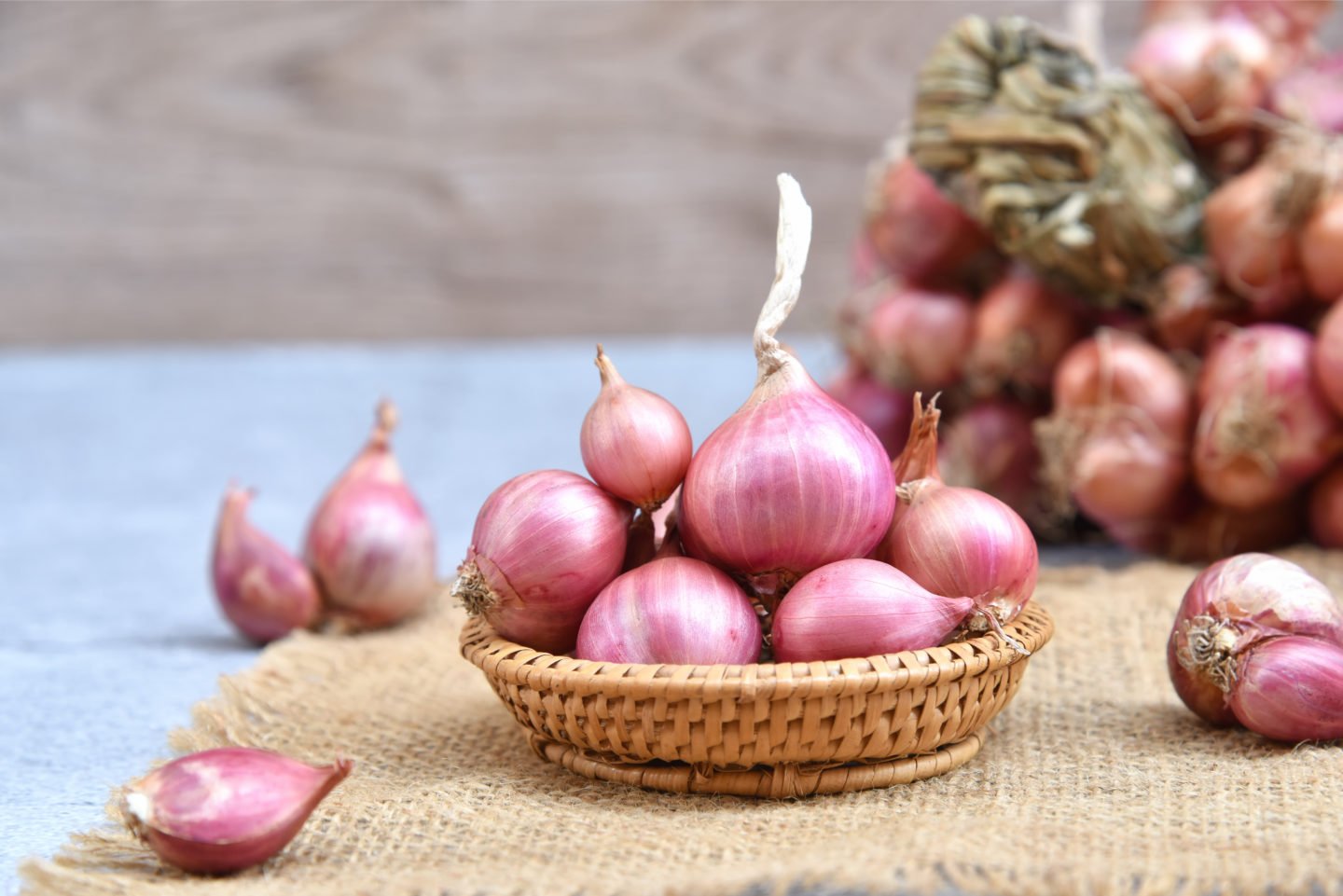
Shallots are another suitable green onion substitute. They have a similar scent and tanginess to green onions, but they have a sweeter and milder flavor when cooked.
You can use shallots to brighten up soups, pizzas, and pasta with a hint of spiciness. They will do great in sauces and can serve as a side dish of pickled shallots or caramelized shallots. Caramelizing them produces a sweet and sticky consistency and is great for vegans.
If you're using shallots rather than green onions, slice them into smaller bits and use a little less of them than you would green onions since their flavor is sharper than the scallions. Also, shallots are one of the best green onion substitutes in cooked recipes. They're not as good when used fresh as raw green onions are for topping soups, salads, potatoes, and any other cooked dish.
5) Chives
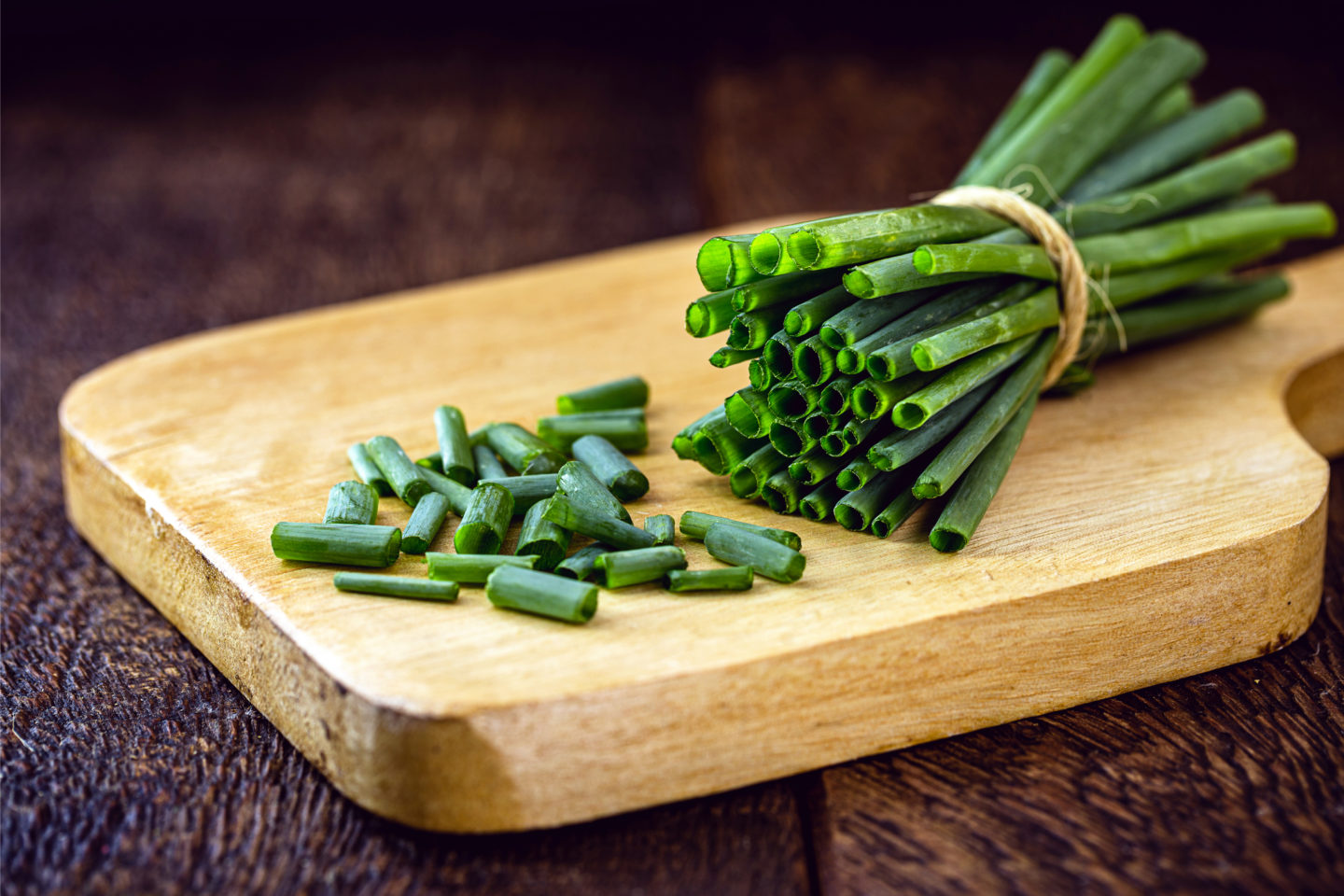
It's understandable if you mix up chives and green onions. They appear to be quite similar, and, in many respects, they are. Chives are a related but distinct plant species to green onions, but they grow similarly.
Fresh chives, like green onions, can be used as a garnish in dips, soups, or any other dish. It complements the other elements in the recipe, adding a splash of color and a bit of herby flavor. Chive can also be used as a flavoring. It creates a typical French herb seasoning combined with cilantro, tarragon, or chervil. Chefs frequently employ chives in cream-based sauces to accompany fish dishes.
You can also use dried chives if you have it. According to several studies, chives can help prevent cancer; thus, including them in your regular diet is essential. Not to mention, the choline in chives aids memory and promotes restful sleep.
6) Yellow Onions
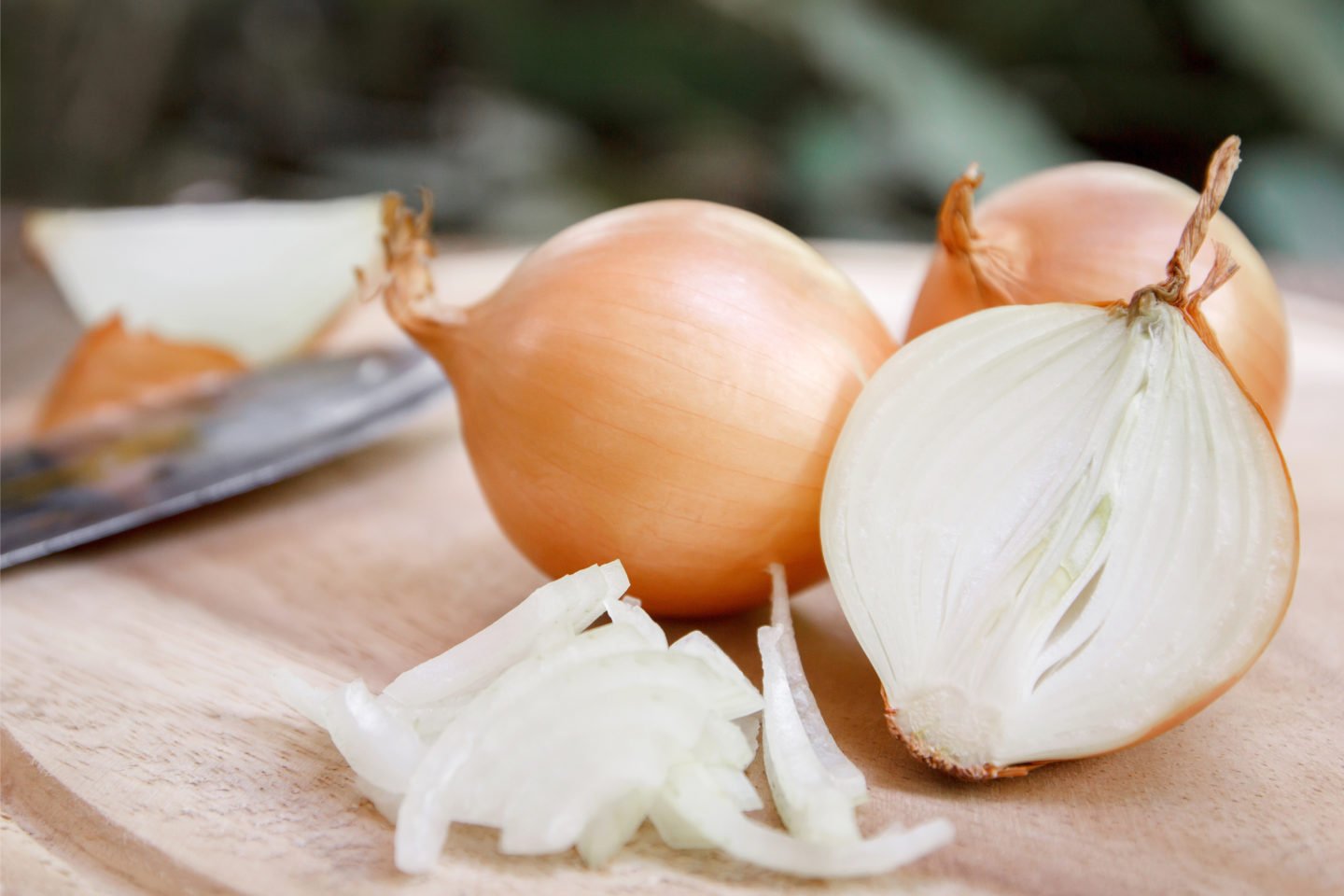
Yellow onions are the staple onions. When a recipe mentions onions without specifications, yellow onions are automatically used. Yellow onion, when sliced thinly and cooked correctly, can be a substitute for green onions in various recipes, such as omelets and soups, despite being sharper than green onions and requiring different cutting and cooking techniques than their milder cousin.
They also have excellent storage life and can be cut and frozen after that. Just make sure that they are packed in ziplock bags that don't allow air in to prevent oxidation and damage. These bulbs are also rich in antioxidants that prevent cancer and cardiovascular diseases and antibacterial properties.
7) Red Onions
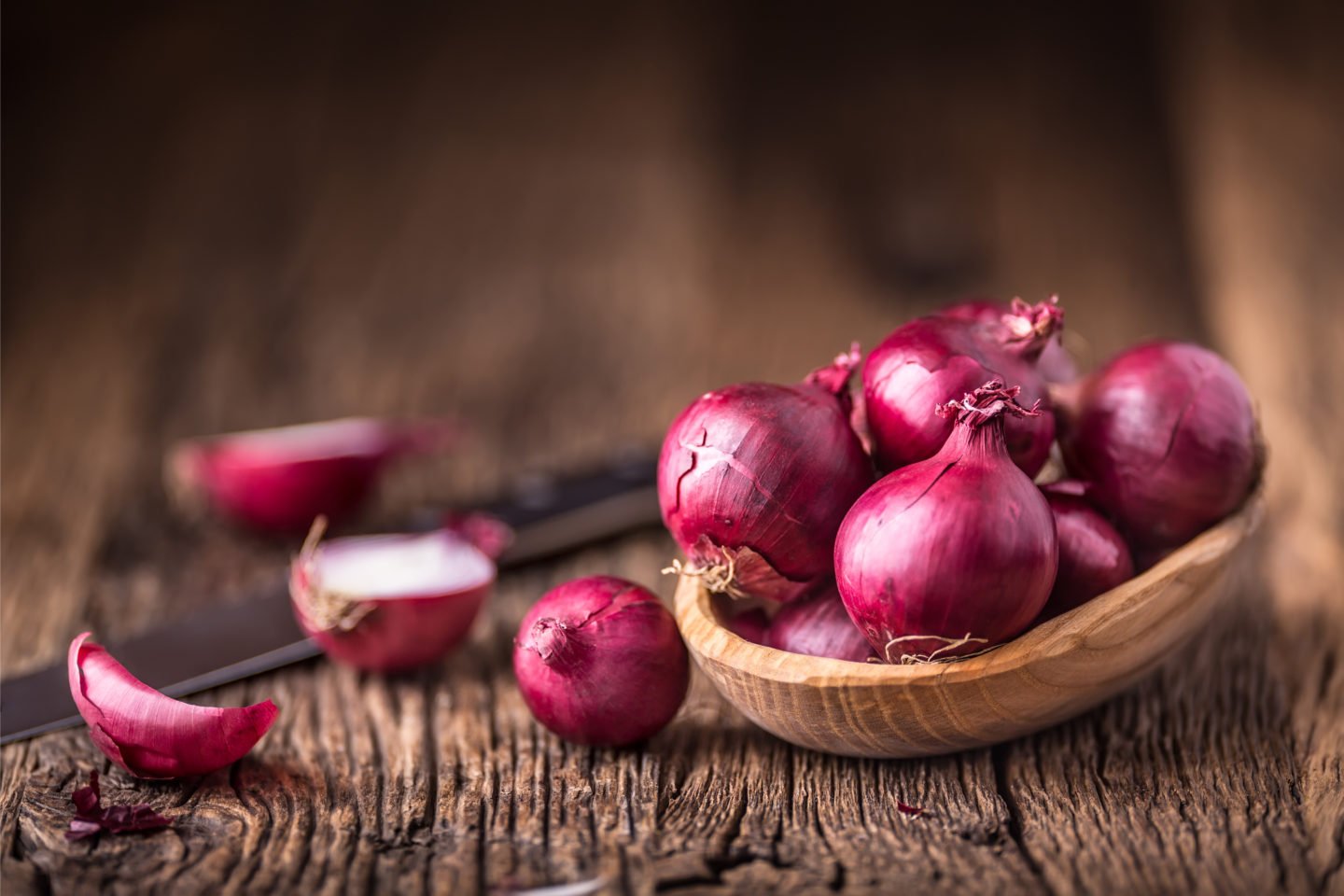
Unlike shallots, red onion grows in bulbs and gives dishes a stronger, sharper flavor. They are an excellent green onion substitute, especially when used for cooking, as their flavors get mellowed down when exposed to heat. When compared to white and yellow onions, red onion is a reliable substitute when added to salads. Their crunch and flavors match with other ingredients despite the sharp onion taste.
For that reason, red onion is best used as a substitute for recipes that don’t require heat. Like other onions, these survive longer periods when appropriately stored in the refrigerator and can be sliced or diced in advance for future use. Not only are these bulbs a source of flavor, but they are also a great source of antioxidants.
8) Ramps
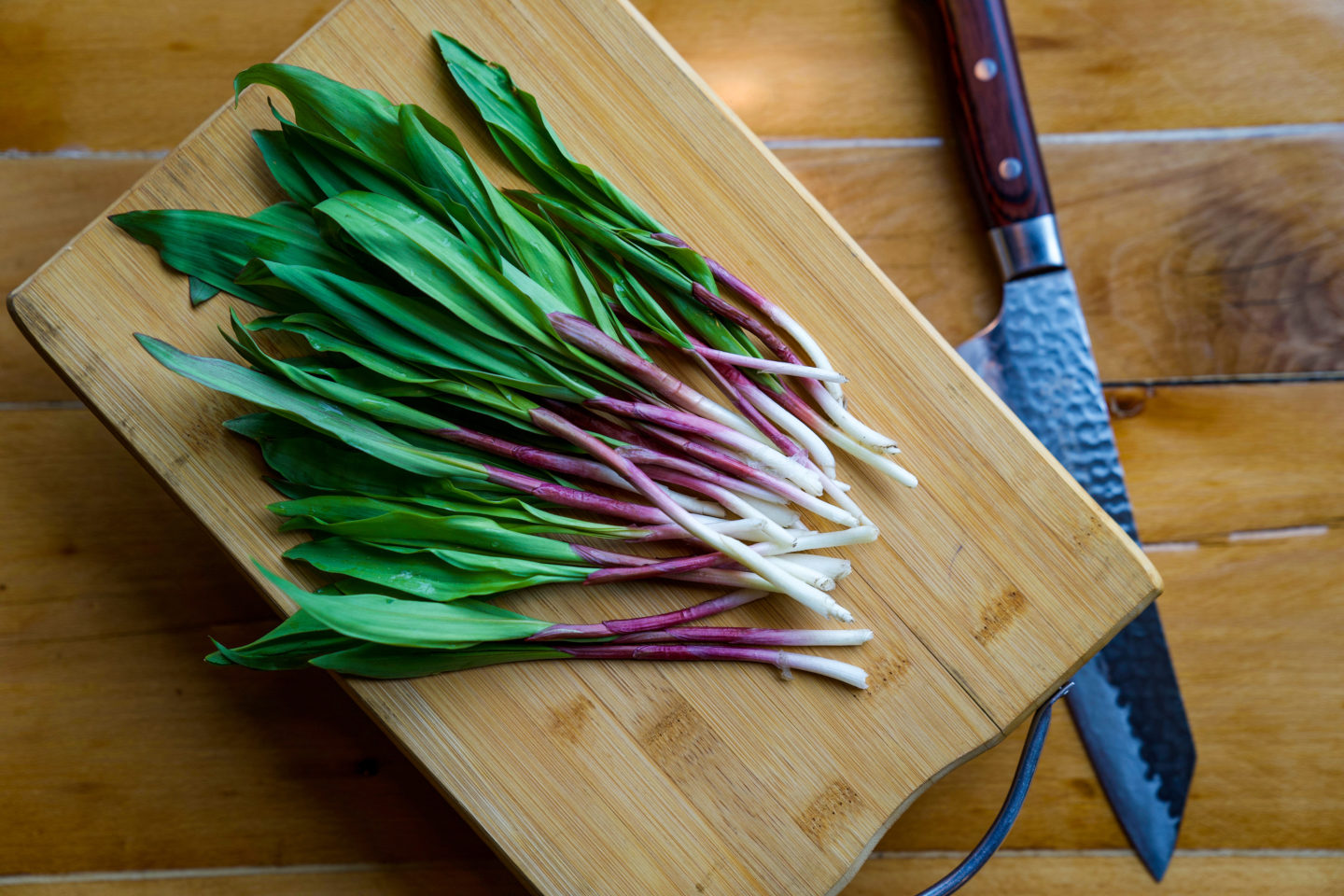
You might not be familiar with ramps, which are also known as wild leeks or wood leeks, and you'll have a hard time finding them in most local grocery stores. If you can obtain ramps, you'll have found an excellent green onion or scallion alternative for most purposes. They feature a garlic-like scent and flavor profile rather than an onion-like flavor profile.
Ramps are an excellent green onion substitute when cooked, but because they have a garlic flavor, they're not a good stand-in for fresh onion, so save them for cooked recipes. However, they are a great match with vinegar and are a better substitute when pickling. Replace every ½ cup of green onions with 1 cup minced ramps.
9) Sweet Onions
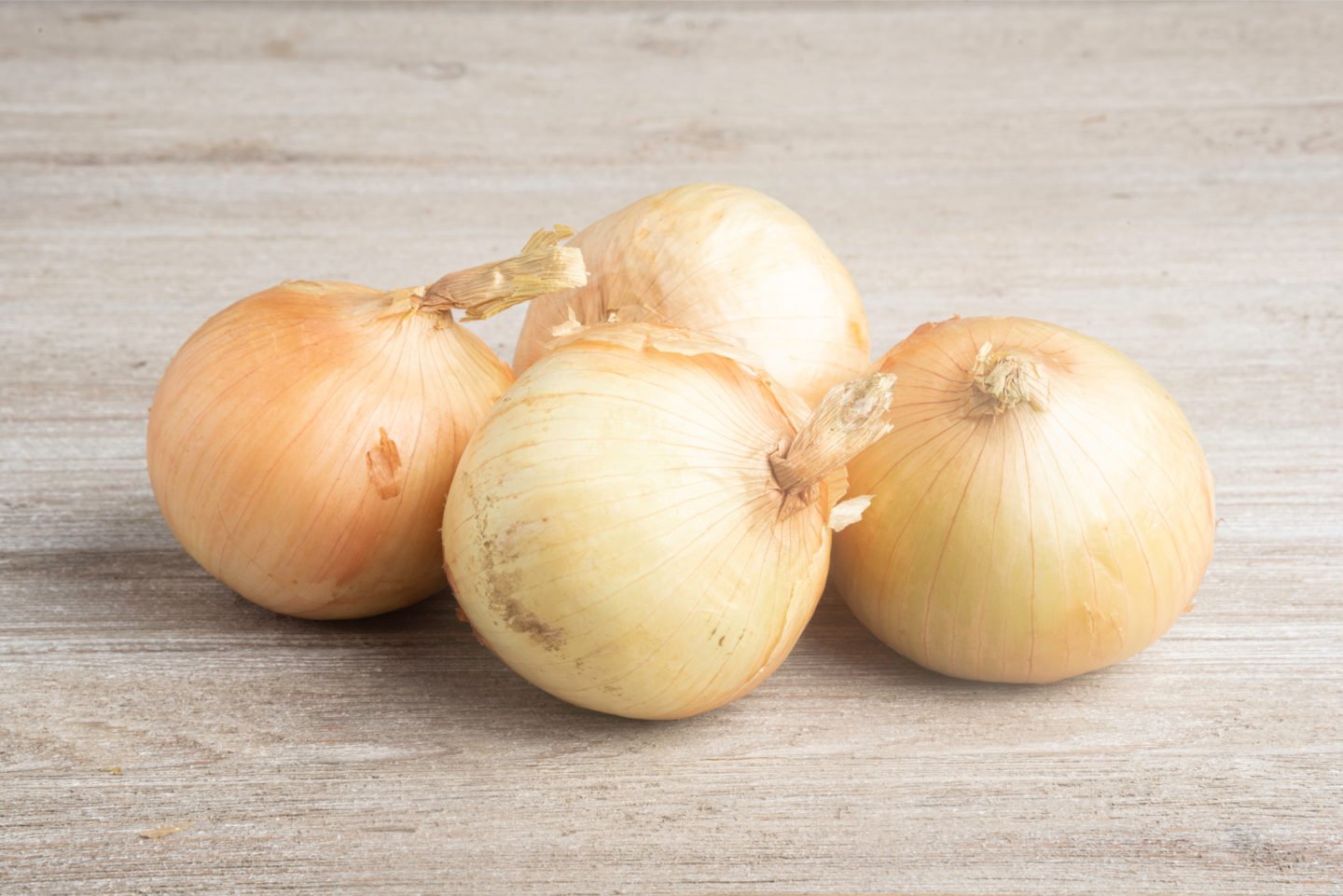
As the name implies, sweet onions are more neutral and mild than other onions. If you’ve ever eaten fried onions, then you already know how sweet onions taste. They are excellent in frying and caramelizing but also perform great with salads, salsa, and other dips due to their mild taste.
In addition, you can also add diced sweet onions to stir-fries and meat-based dishes. The mild sweetness goes well with other ingredients without giving an overpowering oniony taste and scent. Sweet onions are larger than other onions, so we suggest that you add them depending on your liking.
10) Green Garlic or Spring Garlic
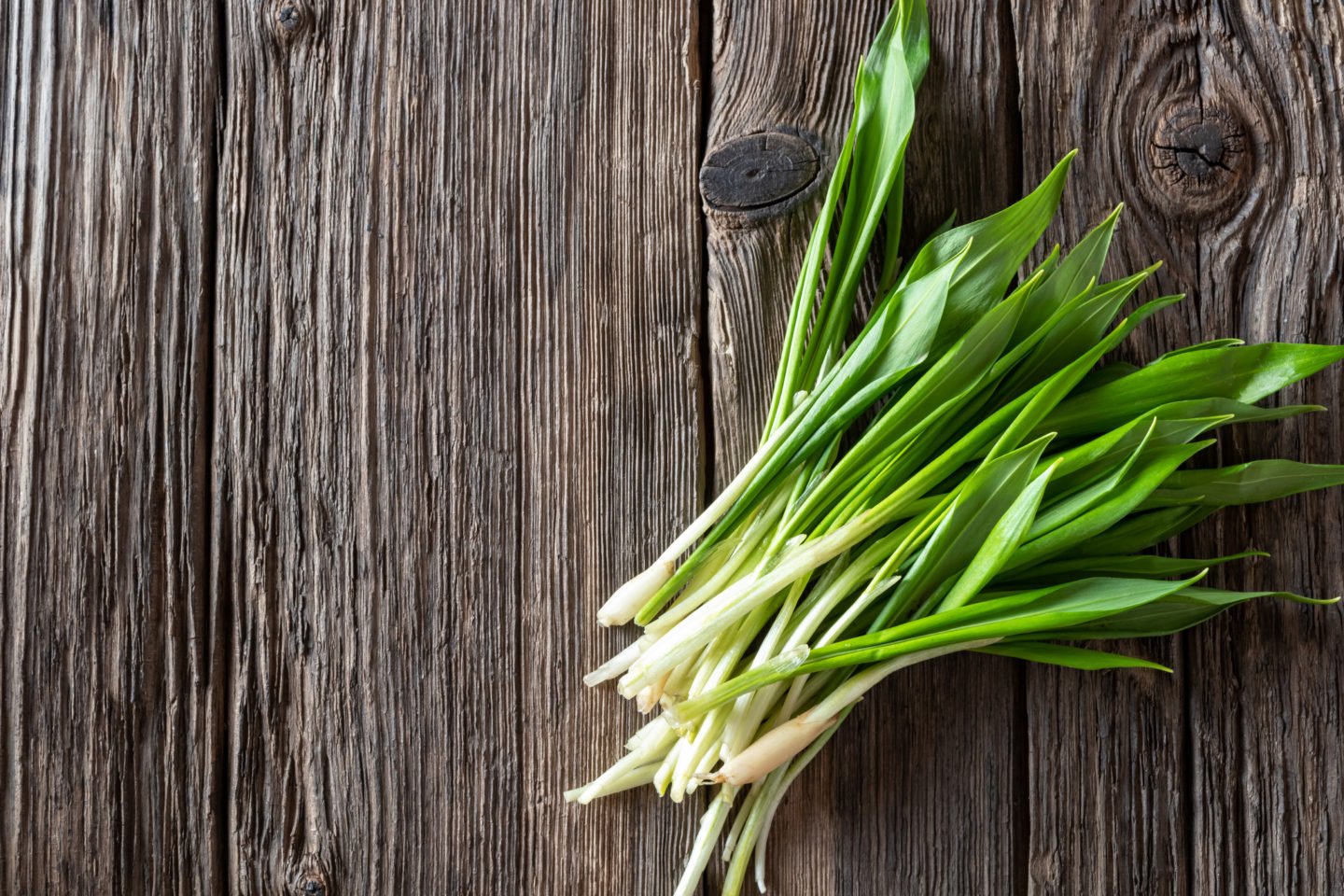
Do not be confused; green garlic is just immature garlic or garlic sprout or leaves. However, green garlic offers a more subtle flavor and scent, making it an ideal scallion substitute even when from the same plant. In fact, you can slice green garlic thinly and add them as topping on your favorite salads and salsas.
It's also a good idea to make pickles with green garlic. The vinegar's acidity will mask the garlic's pungency and exchange it with a sweet and sour flavor. When mixed with salads, cheese, and crackers, these pickles may make your mouth water. When used for stir-fries, note that it gives a more garlicky taste that can affect the overall presentation of the food.
11) Garlic
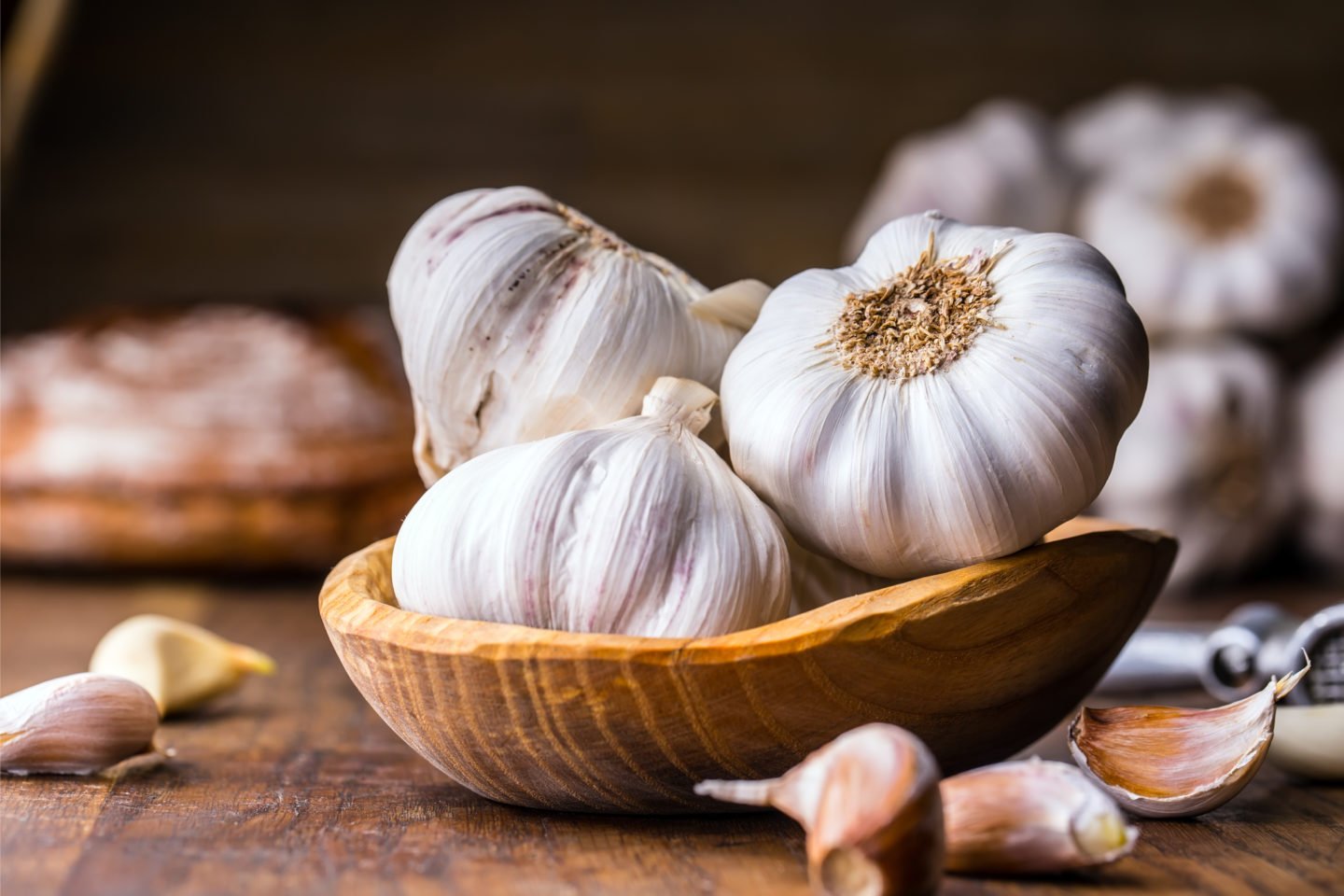
Without a doubt, no one can mistake garlic for onions. They differ in appearance and taste and are often used alongside the other. For this reason, we do not recommend garlic as a substitute but rather a replacement. This means that garlic will not give the same taste or aroma but offer a different flavor that still goes well with other ingredients.
We don’t recommend using garlic for salads and dips, but rather for stir-fries and other cooked dishes. Its sharp taste and aroma are then mellowed down, and you can enjoy your dishes like usual.
12) Leek
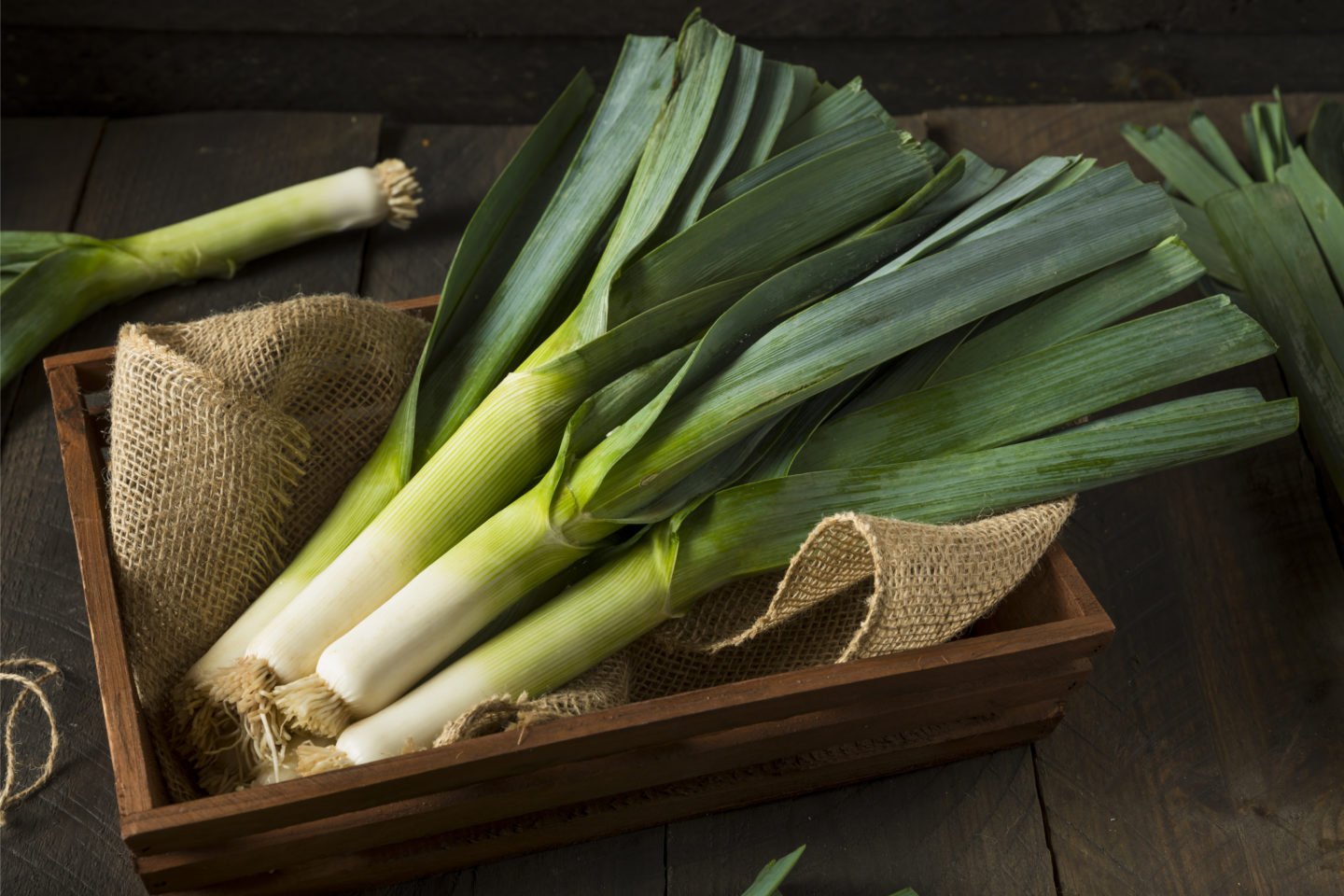
The leek is comparable to green onions in many aspects, except they are much larger. Unlike green onions, where the leaves are eaten, you need to discard the deep green leaves of leeks and only cook or eat the stem's light green and white sections. Although leeks are rarely eaten raw, they are delectable when fried or baked.
They're a good substitute for green onions in most recipes, albeit slightly less intense and a little sourer with a wonderful herb scent. Consuming leeks regularly can help your heart and stomach. Vitamin A, which is contained in leeks, is also beneficial to your vision. Also, leek contains flavonoids which are potent antioxidants.
13) Green Bell Pepper
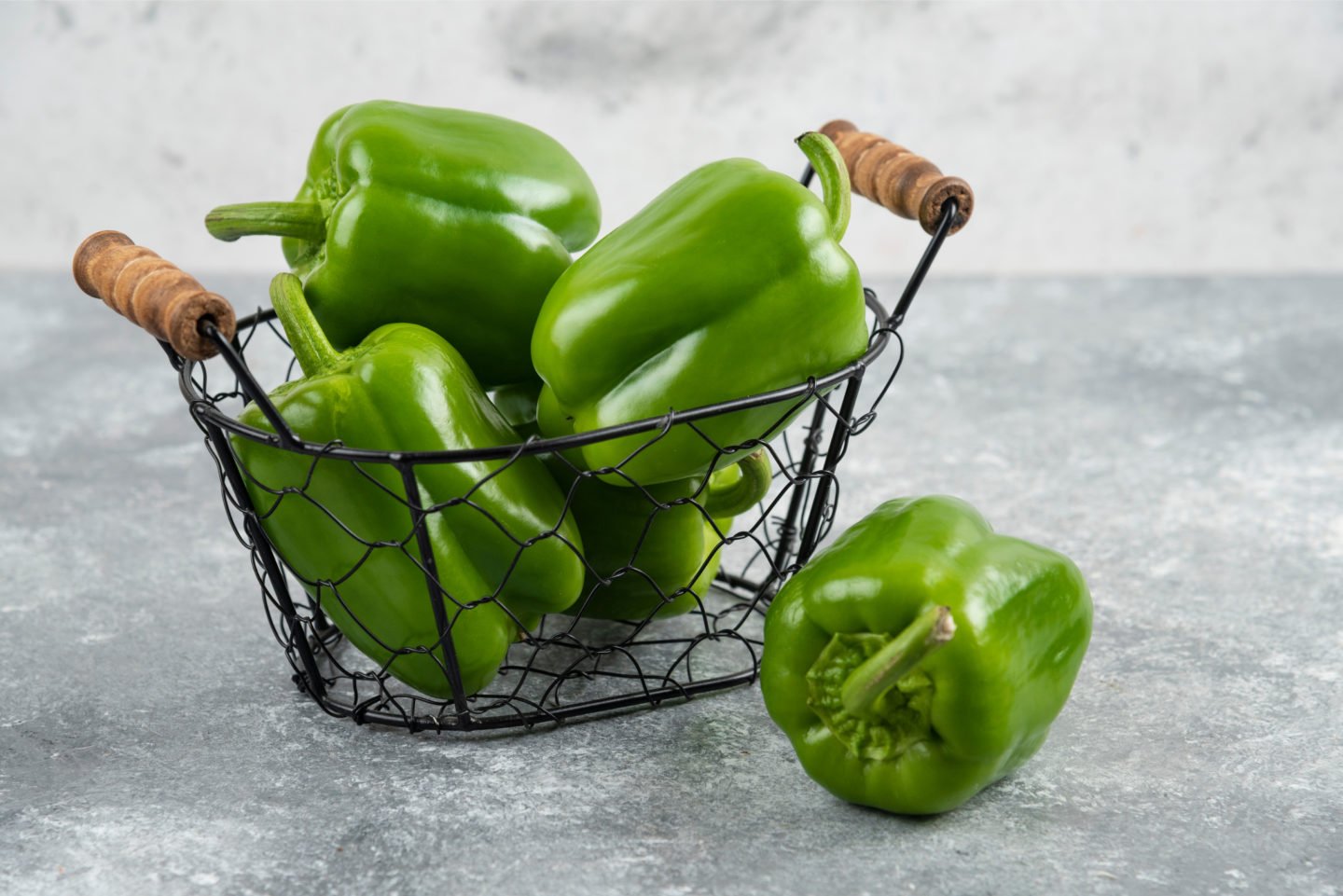
Since scallion offers a peppery taste, you can use green bell pepper as a substitute when in a pinch. Along with its peppery flavor, green bell pepper adds crunch to any dish, making it an excellent alternative for green onion in salads and salsa. Although they differ in the entirety of taste and flavors, adding green bell pepper does not entirely alter the taste of the dishes.
You can also add green bell pepper as toppings on pizzas and as a finishing garnish to dishes. You can use green bell pepper with yellow or sweet onion to achieve a closer taste. Although green bell peppers often give a bite, it goes away when cooked and can sometimes be replaced with a sweet flavor.
14) Parsley
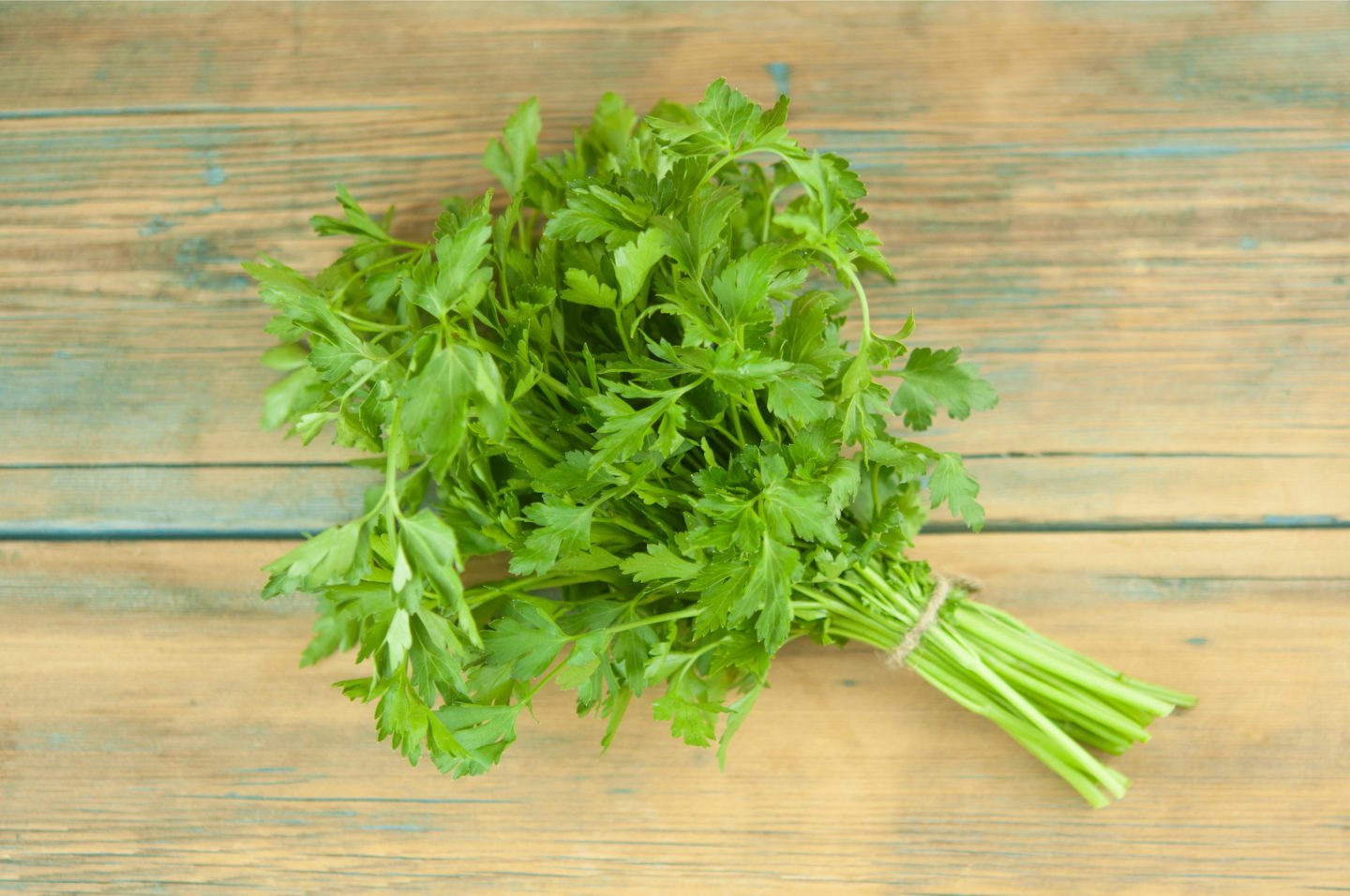
Parsley has a pleasant herby scent that makes it ideal for garnishing. Its green tint can be mistaken for green onion, resulting in a slight deviation from the original recipe. Parsley offers a cleaner peppery taste with a hint of earthiness.
You can use this herb in a variety of ways. From salad and pasta to soups and stir-fries, parsley definitely adds a flavor boost. You can also use parsley and other substitutes mentioned in this article to achieve a closer green onion taste.
15) Oregano
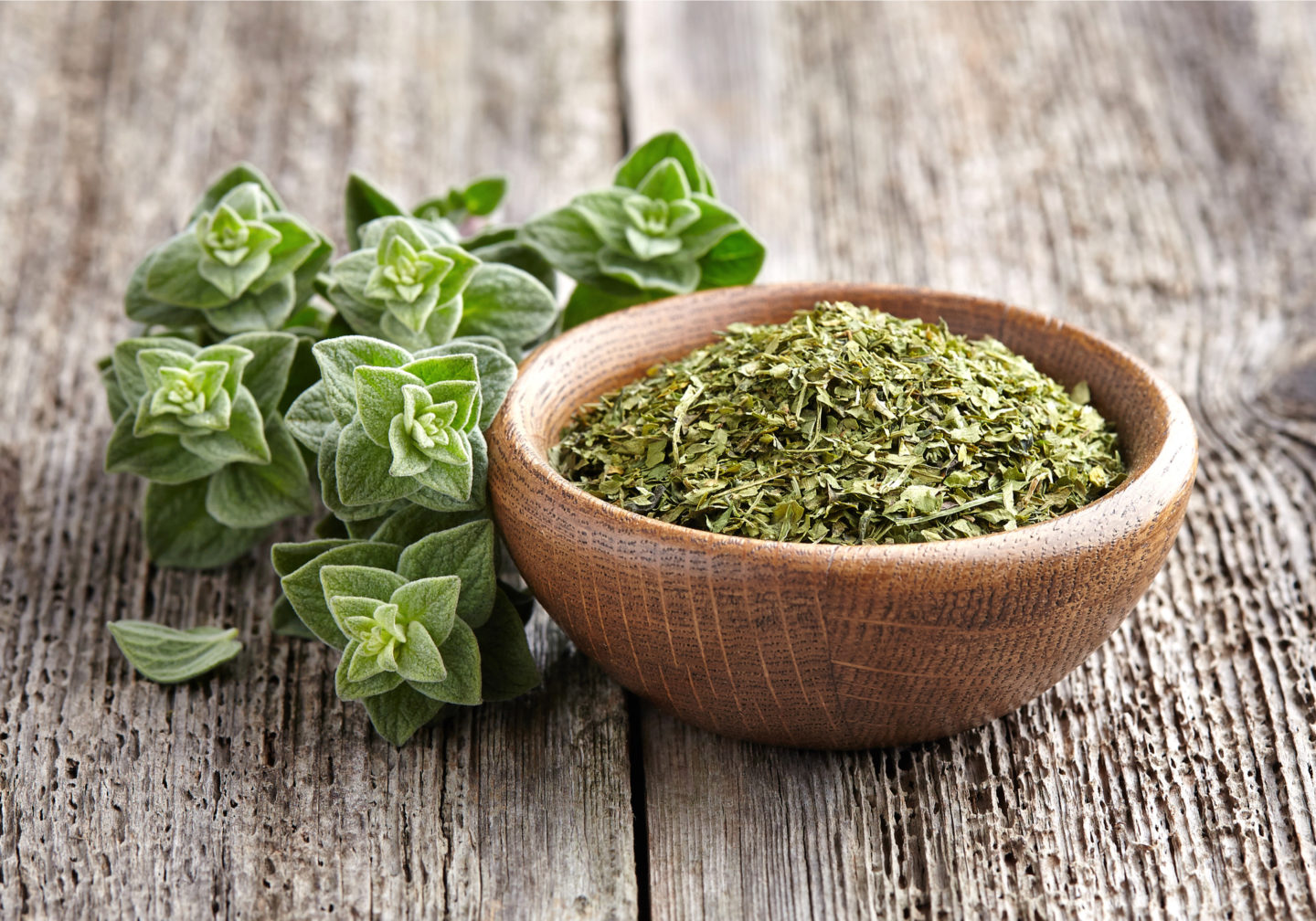
Oregano is in no way related to green onions, but we included this because it is an excellent source of aroma and an overall pleasing spice. In addition, everyone seems to have a bottle of oregano leaves or oregano powder on their shelves and can use it anytime they run out of green onions.
We recommend the use of oregano when garnishing pizzas, pasta, casseroles, and other dishes that need a spice boost.
16) Basil
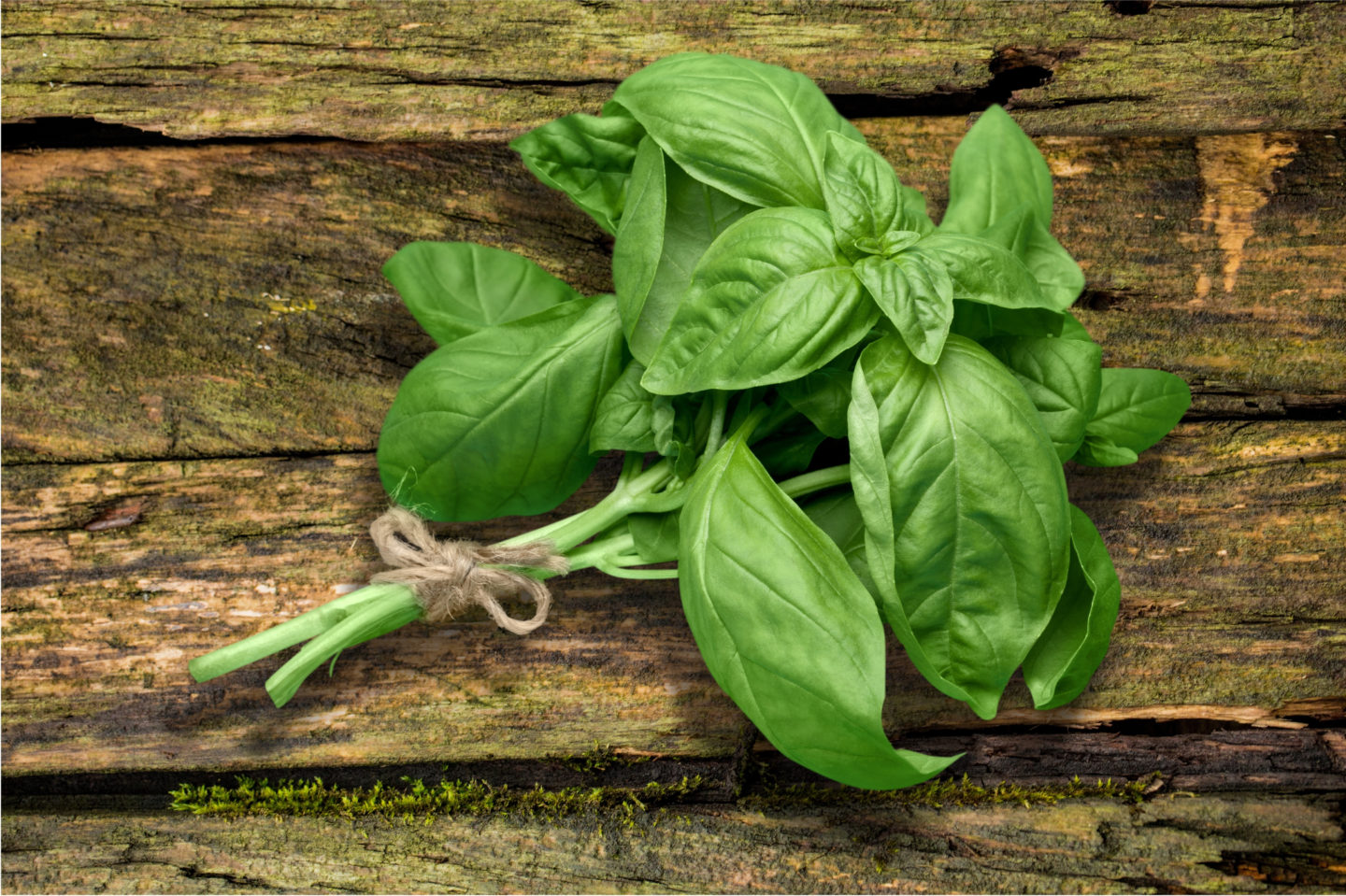
Basil has a spicy, slightly intense flavor as well as a pleasant aroma. Because of its dual nature, it's perfect for both sweet and savory meals. As a result, you may always substitute basil for green onion in dressings. In addition to being a garnish, basil can be used to improve the flavor of salads and vegetarian grilled skewers.
17) Celery
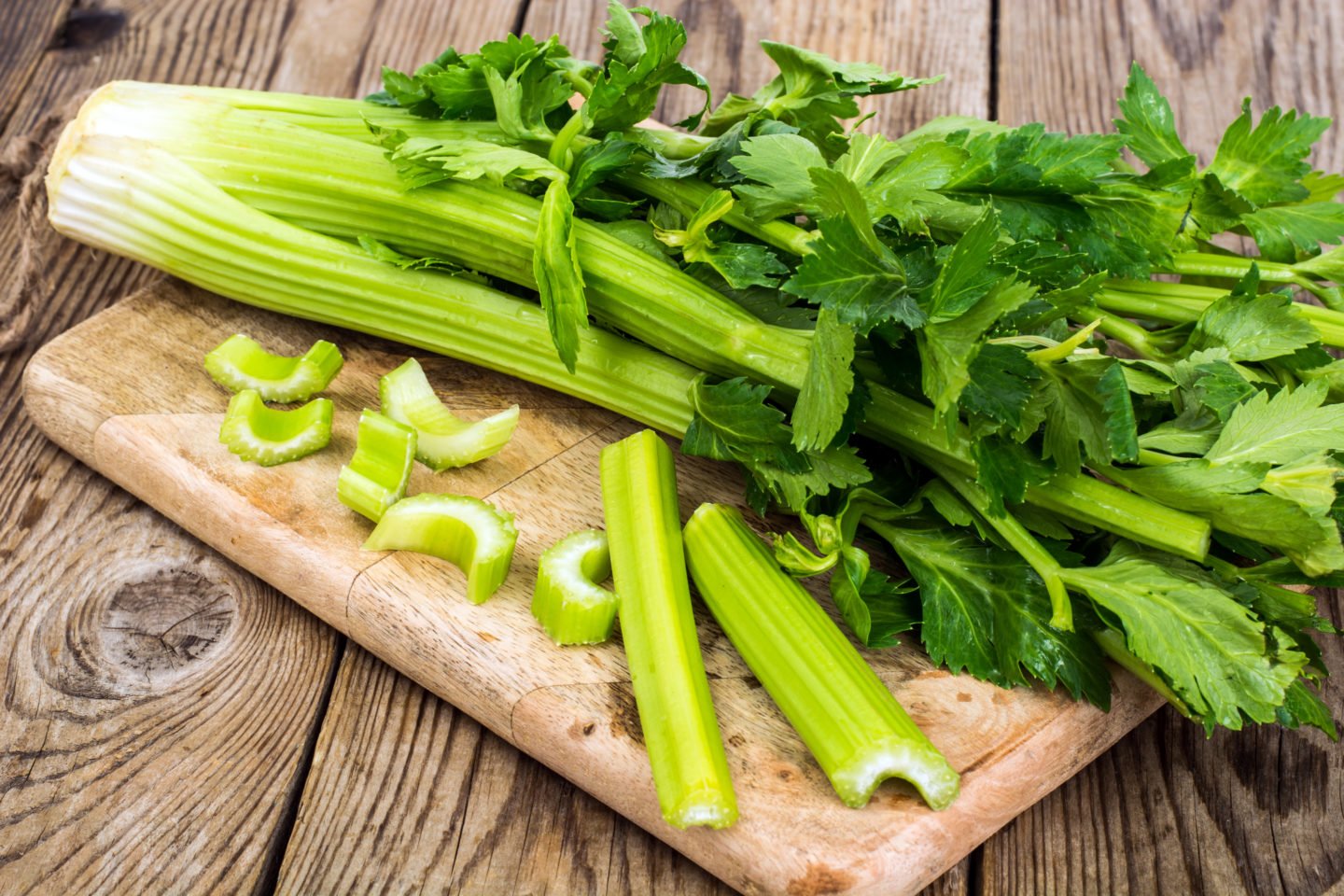
If you are looking for an alternative to green onions because you can't stomach their sour, intense flavor, we recommend the use of celery. The flavor it gives is modest, and it has a crisp texture. Thinly sliced celery leaves can replace green onions in different recipes.
As a garnish, you'll have a lovely visual when using celery. Otherwise, there are a plethora of celery dishes to choose from. For a nutritious breakfast, you can cook salads or even juice. Celery pairs well with other vegetables, so it's a good choice for stews and stir-fries.
Summary Table
| Substitute | Notes |
|---|---|
| Green Onion Powder | Offers the same flavors and is easy to find—best for pizza and fried foods. |
| Dried Green Onions | Can be made from fresh green onions at home. Best for salads, dips, and as a topping. |
| White Onions | Offers a milder taste than other onions. Great for dishes, salads, dips, and salsas. |
| Shallots | Can be caramelized to produce a sweet spice. Great for salads and dishes. |
| Chives | Resembles green onion’s appearance. Great for sauces and dips. Offers mild yet savory flavors. |
| Yellow Onions | Staple onions that are readily available in stores. Versatile yet offer a more robust flavor. |
| Red Onions | Offer sharper and stronger flavor. Great for salads, salsas, and dips. Can be stored for more extended periods. |
| Ramps | Gives off a milder, sweet taste to salads and salsa. Great for stir-fries and can be caramelized. |
| Sweet Onions | Unusual but flavorful. More garlicky than oniony flavor, great for cooked dishes and pickling. |
| Green Garlic or Spring Garlic | Excellent for salads, salsas, and pickles. Gives off a garlicky scent and taste to stir-fries. |
| Garlic | Only used for stir-fries and other cooked dishes. Gives off a sharp taste and aroma. |
| Leek | Appears closely similar to green onions, great for baked and fried dishes. |
| Green Bell Pepper | Can be used when in a pinch. Adds a peppery flavor and can be used alongside other onion substitutes. |
| Parsley | Excellent garnishing substitute in a pinch. Offers a clean, peppery taste to dishes. |
| Oregano | Excellent as a garnish and finishing spice. Perfect for pizzas and pasta. |
| Basil | A great substitute when dealing with salads and dressings. Offers a pleasant aroma. |
| Celery | A more palatable option for those who do not like onion’s intense flavor. |
Related Questions
Green onions offer a sharp peppery taste that white and yellow onions also give. When choosing green onion substitutes, we should opt for something that provides that. You can also purchase dried onion and green onion powder as a backup.
However, when in a pinch, other candidates that are not from the onion family can take place. For instance, you can use leeks, green garlic, celery, parsley, and even basil.
Green onions and scallions are nearly identical. The only distinction is in how they are labeled at the retailer. On the other hand, spring onions are entirely something else. Compared to the little, not-so-bulbous scallion, the spring onion bulb is larger. In terms of flavor, spring onion provides a sweeter taste resembling sweet onion more than green onion’s sharp peppery taste.
Despite being commonly used as a garnish, green onions provide excellent health benefits to their consumers. First off, they are rich in fiber which helps maintain digestion. They are rich in antioxidants that help fight cancer and other inflammatory diseases.
They are also known to have potent antibacterial properties. Green onions contain vitamins K, C, and even folate with zero cholesterol levels making them suitable for the immune system, heart health, and bone health.
The best way to prevent green onions from rotting is to store them without moisture. Moisture from roots causes the leaves to perish sooner. When storing green onions, make sure to dry them with a paper towel and wrap them with a separate dry paper towel. Place them in ziplock bags and only take what’s needed to prevent air exposure.

Leave a Reply